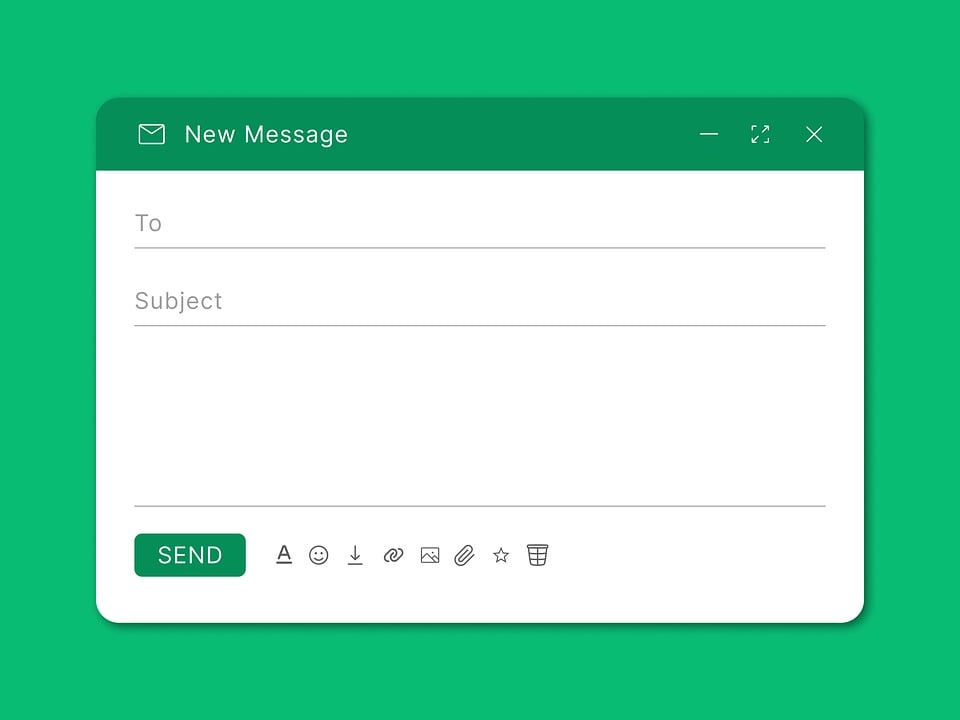Essential UX Researcher Interview Guides: Tips and Best Practices for Success
Navigating the realm of UX research interviews can be a daunting endeavour, fraught with challenges and nuances that can trip up even the most seasoned professionals. However, with the right approach and a sprinkle of creativity, one can unlock the secrets to conducting impactful interviews that yield valuable insights.
1. Crafting Your Questions: The Art of Inquiry
The cornerstone of an effective UX research interview lies in the questions you choose to ask. It’s not simply about what you want to know, but how you frame those inquiries. Open-ended questions encourage participants to share their thoughts freely, allowing for a rich tapestry of responses. Instead of asking, “Did you like this feature?” consider posing a question like, “What are your thoughts on the usability of this feature?” Such subtle shifts can open doors to deeper insights.
Remember, context is king. Tailor your questions to the specific user persona and the product in question. This not only shows that you value the participant’s unique perspective but also leads to more relevant and actionable data.
2. Building Rapport: The Human Element
Creating a comfortable atmosphere is key. Participants are more likely to share honest feedback in an environment that feels safe and welcoming. Begin the interview with some light chit-chat to ease any tension. A simple, “How’s your day been?” can go a long way.
Moreover, showing genuine interest and empathy fosters a connection that can lead to richer insights. Pay attention to non-verbal cues; these can be just as telling as the words spoken. A thoughtful nod or an encouraging smile can help participants feel that their input is valued.
3. The Importance of Active Listening
Active listening is an indispensable skill for any UX researcher. It’s not merely about hearing what is said but comprehending and reflecting upon it. Paraphrasing a participant’s response can clarify points and demonstrate that you are engaged. For instance, “So, if I understand correctly, you find the navigation somewhat confusing?” This not only affirms their feelings but also encourages them to elaborate further.
Taking notes is also crucial. However, balance is key; jot down important points without losing eye contact. The aim is to make the participant feel that their words are being captured, not overshadowed by the act of note-taking.
4. Embracing Flexibility: Adapting on the Fly
While having a structured interview guide is essential, rigidity can stifle the flow of conversation. Be prepared to diverge from your script if a participant reveals a particularly intriguing insight. This flexibility can lead to unexpected discoveries that a predetermined path might miss.
Sometimes, the most enlightening moments arise from the unplanned, so trust your instincts. If a participant mentions a pain point that resonates, explore it further. This adaptability can transform a standard interview into a treasure trove of user insights.
5. Analysing and Synthesising Data: The Follow-Up
Once the interviews are complete, the real work begins. Analyzing and synthesising the data collected is where the magic happens. Look for patterns, themes, and contradictions within the responses. This phase is crucial for distilling the essence of what users truly think and feel about your product.
Utilise affinity diagrams or thematic analysis to organise your findings. These methods not only clarify insights but also make it easier to share your discoveries with stakeholders in a digestible format. Remember, the goal is to transform raw data into actionable recommendations that can inform design decisions.
A Final Thought
Mastering the art of UX research interviews is a continuous journey of learning and adaptation. By honing your questioning techniques, nurturing rapport, listening actively, embracing flexibility, and meticulously analysing data, you can significantly enhance the quality of your research.
As you refine your approach, remember that CVPortal continually strives to provide you with a wealth of top-notch resume references, ensuring you’re well-equipped to make your mark in the UX landscape.


